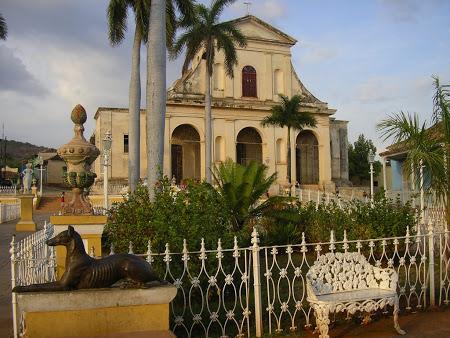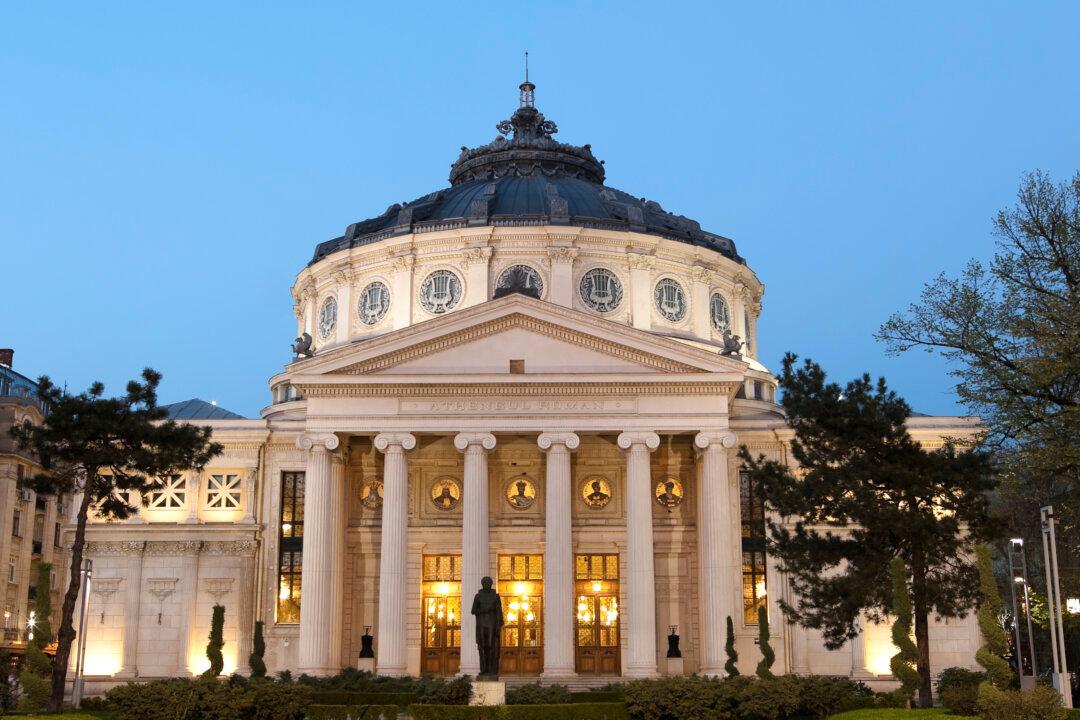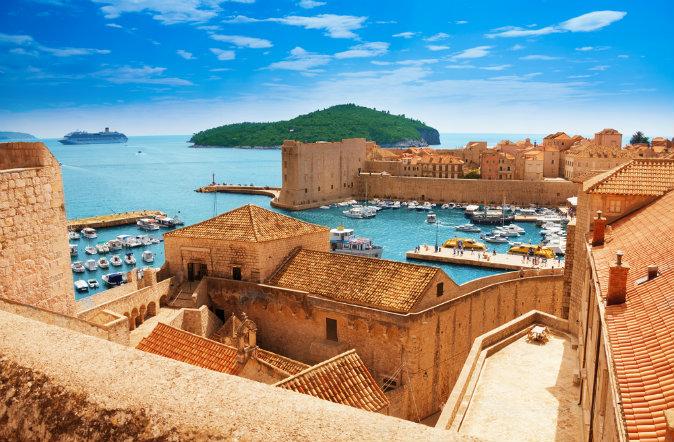Once in Cuba it’s quite a shame not to visit other areas as wel,l besides Havana. And it’s not even that hard. The easiest is to rent a car, buy a map and renew your orientation sense, that is a bit atrophied in some by the GPS (road signs are pretty much rare in Cuba) and hit the road. The roads are reasonable, there’s even a highway, to tell the truth not in the best conditions, but with a relaxingly low traffic – you can go for kilometers without running into another car.
I found out that there are numerous car renting agencies in Cuba, all of them state-owned. I don’t quite understand why so many, bearing in mind that there is only one sole owner, but it doesn’t matter… They have numerous agencies all throughout Havana, but if you want to obtain offers from all of them, there’s no better place than the Habana Libre Hotel – the former Hilton from the period up to 1959. I went into the reception and I found all the rent-a-car agencies from Cuba beautifully aligned one after another. The offers are pretty uniform, although there may be one surprise in some agencies – either antique cars, or SUVs. The prices being a bit high though, I opted for a Peugeot 207, paying some 60 CUC daily…. well, that’s it.






